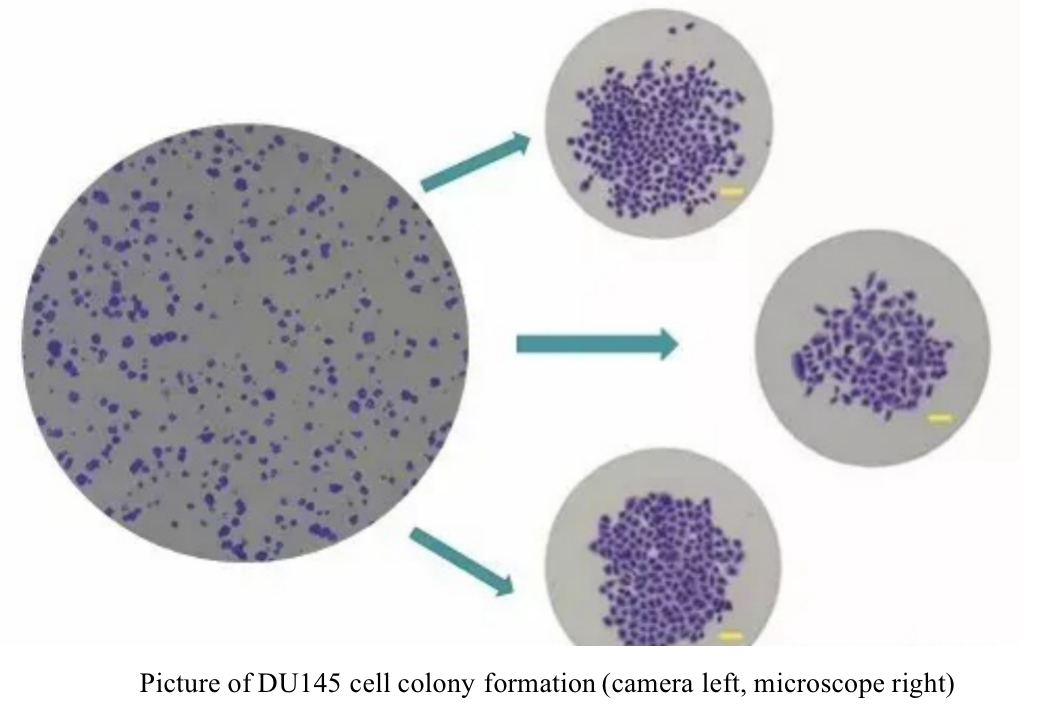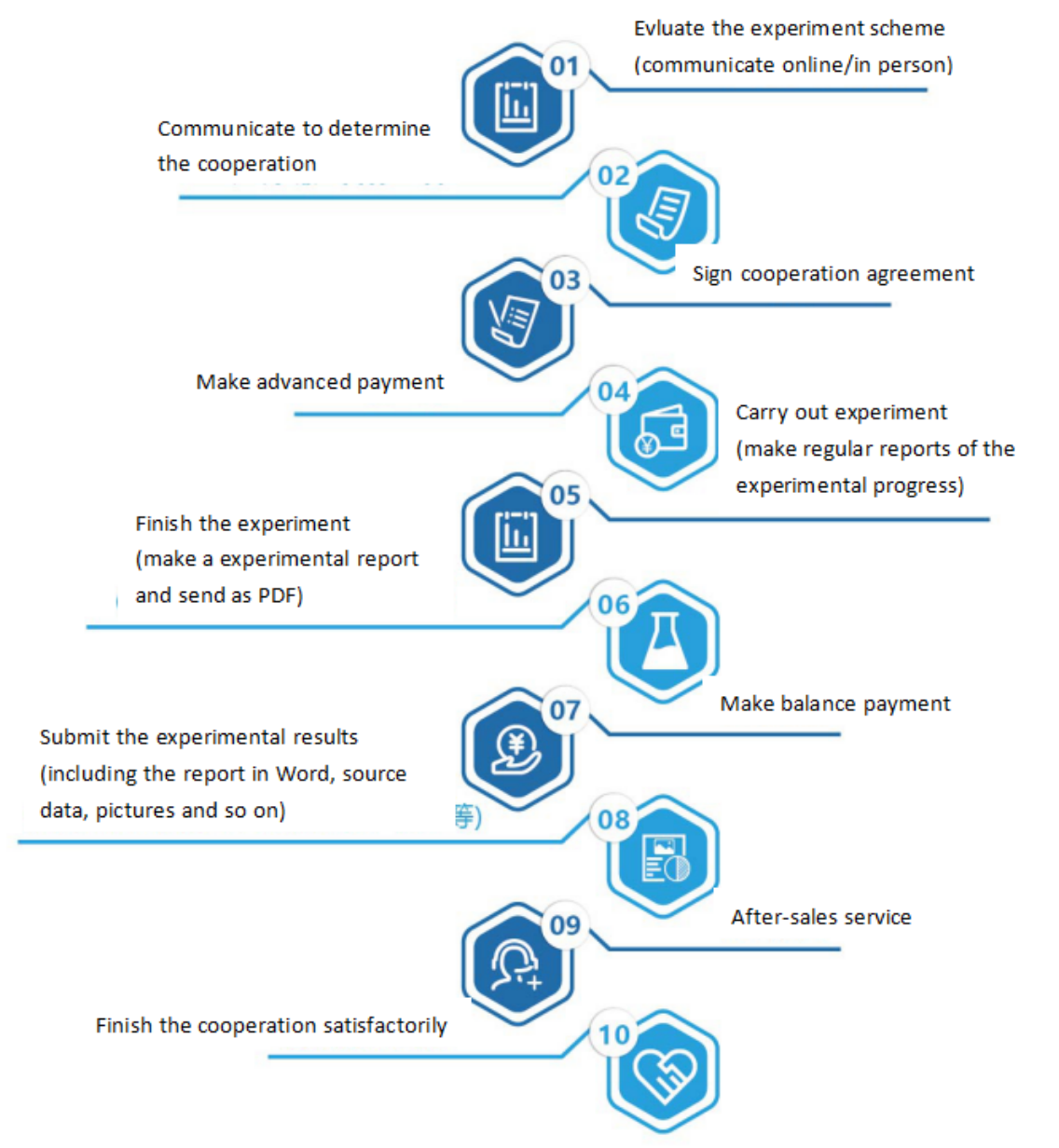One. Experimental Principle
Colony formation assay is a common technique in tumor cytology. Its principle is to separate cells into single cells, inoculate and culture them on the culture medium, and detect the cell proliferation ability and tumorigenicity according to the number and size of colony formation. This experiment can be used to study the proliferation ability and invasiveness of tumor cells and to investigate the sensitivity of cells to different killing factors.
Two. Application Introduction
Soft agar colony formation experiment can be used for:
① Basic research on cell differentiation;
② The efficacy test of clinical tumor treatment.
When a single cell proliferates for more than 6 generations in vitro, the cell population composed of its offspring becomes colony or clone.
Colony formation is suitable for adherent cells and normal cultured cells. It can be used to:
① Cell proliferation experiment
② Cell population dependent assay
Three. Experiment Method
Four. Samples Delivering Requirements
Five. Case Display Study


Six. Common Problems
Colony formation assay
1) The key to the success of the experiment is the preparation of cell suspension and inoculation density. The cells must be well dispersed, without cell mass, and the inoculation density must not be too large.
2) The cells should have a dispersion of more than 95% in the colony formation experiment, otherwise the accuracy of the results will be greatly affected.
3) Generally, the colony formation rate of primary cultured cells is weak and that of continuous cell line is strong; Thecolony formation rate of diploid cells is weak and that transformed cell line is strong; The colony formation rate of normal cells isweak and that of tumor cells is strong.
Soft agar colony formation experiment
1) The operation of soft agar clones is relatively complex, and aseptic operation must be paid attention to during the experiment.
2) When mixing the agar in the culture medium, attention should be paid to the agar temperature, and the action should be rapid to avoid local agglomeration.
3) After the bottom agar is prepared, it should be poured on the upper agar after it is completely solidified.
4) Usually the lower 1.2% Argrose should be paved faster and slightly uneven is not much related, and it doesn't matter if it is slightly uneven. When the upper layer of 0.7% argrose is mixed with cells, the water bath is no more than 40 degrees. Be careful to pave evenly. It won't solidify so quickly at 37 degrees. It'll be fine in a few days in the incubator.
5) The soft agar colony formation assay is simple and suitable for non-adherent cells. The suitable substrate is glass and plastic bottle . The key to the success of the test is the preparation and seeding density of the cells. The cells must be well dispersed, there should be no cell mass, the inoculation density should not be too large, the density of inoculated cells should not exceed 35 per square centimeter, and generally a plate of 6 cm should be inoculated with 1000 cells.
6) Soft agar culture method is commonly used to detect tumor cells and transformed cell lines, and normal cells cannot proliferate in suspension and are not suitable for soft agar colony formation assay.
Seven. Service Process






